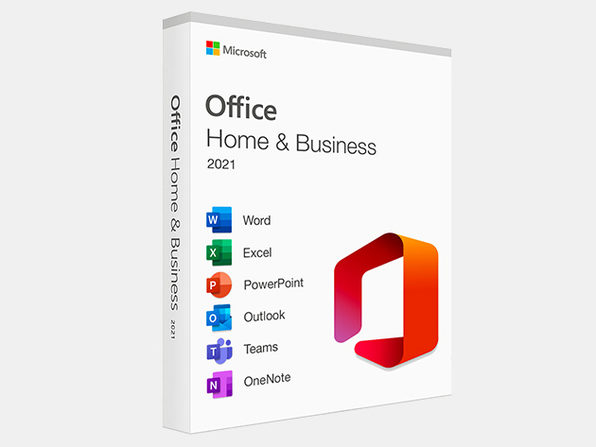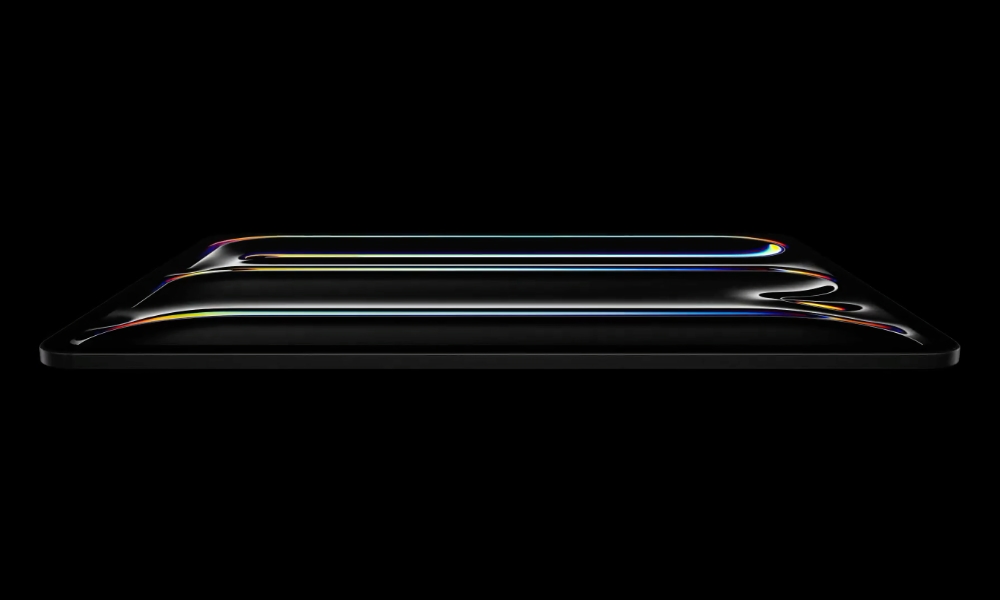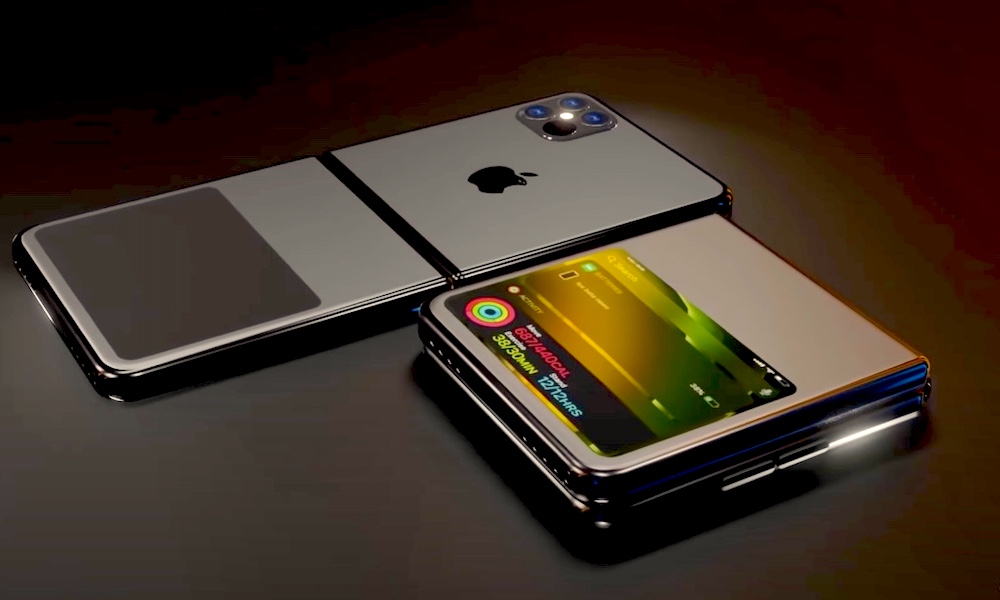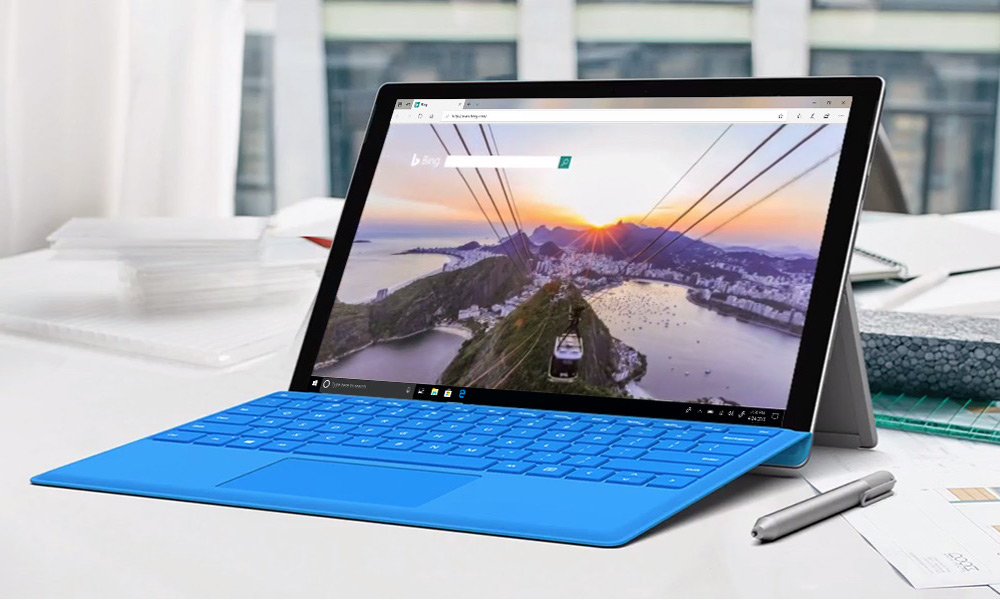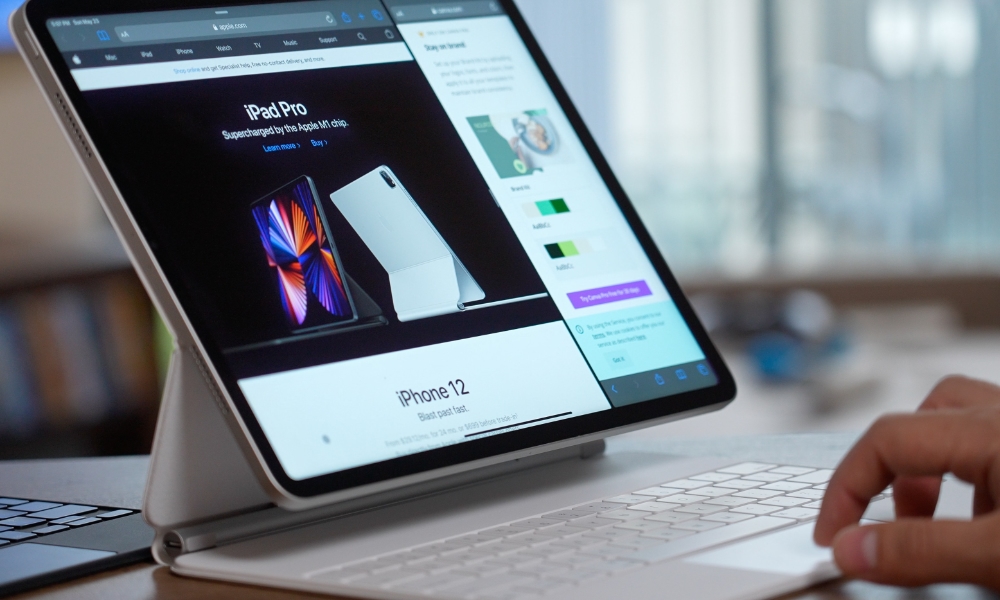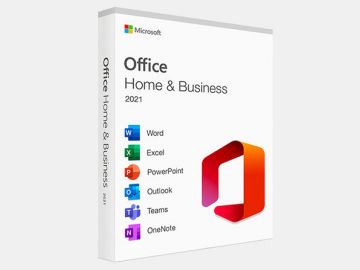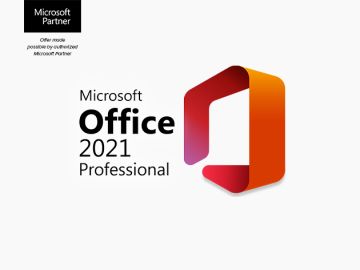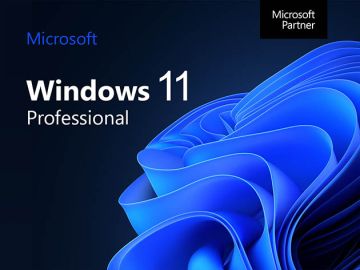Apple’s 2026 OLED MacBook Pro May Have a ‘Touching’ Surprise
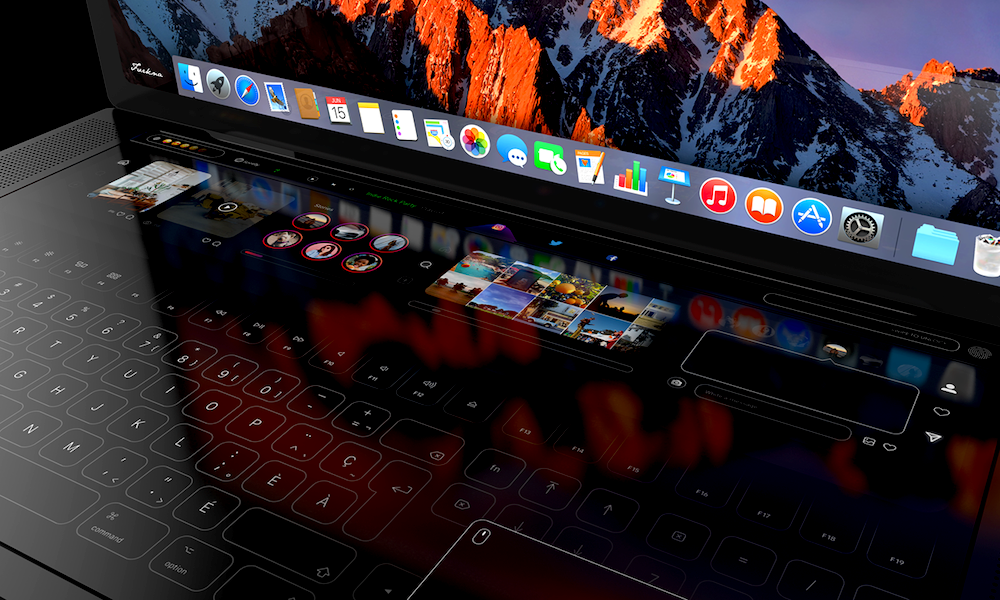 Behance / FVRKNA
Behance / FVRKNA
Toggle Dark Mode
After months of reasonably reliable reports, it seems likely that 2026 will be the year the MacBook Pro finally transitions to an OLED panel. However, if a new report is correct, it could come with an even bigger upgrade.
According to Apple supply chain analyst Ming-Chi Kuo, Apple is planning to use the switch to OLED to usher in the long-anticipated touchscreen MacBook Pro.
Kuo shared the prediction in an X post yesterday, adding that he believes it’s a result of Apple studying iPad user behavior and concluding that touch controls may indeed add to the overall user experience.
MacBook models will feature a touch panel for the first time, further blurring the line with the iPad. This shift appears to reflect Apple’s long-term observation of iPad user behavior, indicating that in certain scenarios, touch controls can enhance both productivity and the overall user experience.
Ming-Chi Kuo
Multiple sources have predicted that the OLED MacBook Pro will enter mass production late next year. Kuo confirms this timeline, adding that it will include a touch panel that uses “on-cell touch technology.” It’s unclear whether Apple plans to leave this exclusive to MacBook Pro models, but if it comes at all, it will debut on the MacBook Pro. A 2027 successor to the rumored “MacBook Lite” could include touch support, but that’s reportedly still under discussion.
If accurate, the debut of a touchscreen on Apple’s first OLED MacBook will be more than merely a coincidence. The on-cell touch technology that Kuo mentions goes hand in hand with OLED technology, building the touch sensors directly into the display instead of relying on a separate layer. This not only allows the display to remain thin, as the M4 iPad Pro demonstrated last year, but also improves power efficiency.
When Kuo talks about what Apple is building, he’s usually right; when he says when it’s coming, that’s where history shows he’s more likely to miss. He’s often eerily accurate on what Apple is doing; it’s just the when that’s often hard to pin down, especially for products that are still in the early design and prototyping phases rather than the actual pipeline. For example, Kuo shared a list of his recent successful predictions earlier today, but most were for established products with fixed release schedules or reports already circulating from other reliable sources. Still, he also accurately called the original iPhone SE in 2016, the iPhone X with Face ID and no home button, and predicted the M1 Macs nearly two years before they debuted.
Still, while Kuo’s prediction for the Vision Pro ultimately proved accurate, he initially stated that it would arrive in 2020. He also once claimed that Apple would sell millions of foldable iPhones by the end of 2023 and that the Apple Car would arrive by the mid-2020s. All of these were projects that Apple was actively working on, but many were still in the prototype stage.
Kuo is well-connected to Apple’s suppliers, so he knows which parts are being ordered and is clever enough to assemble the pieces to analyze how they will be used in finished products. However, it’s easy to coordinate the dates for things like an iPhone or Apple Watch, where you can almost mark your calendar as to the release dates. It’s a little tougher for new categories that could still spend years in development, like the Vision Pro and the upcoming “iPhone Fold.” It also doesn’t help that Apple often holds back major category shifts longer than the supply chain suggests.
All this to say that any information Kuo has that Apple is planning a touchscreen MacBook Pro should be taken seriously. His reports may not always provide an accurate roadmap, but there’s a good window into Apple’s workshop. Even if a touchscreen doesn’t materialize in next year’s OLED MacBook Pro, the very fact that Apple is working on it suggests a massive about-face for a company that once argued against the very idea of a touchscreen Mac.
That began with Apple’s legendary co-founder, Steve Jobs, who famously said in 2010 that vertical touch surfaces are a bad idea.
We’ve done tons of user testing on this, and it turns out it doesn’t work. Touch surfaces don’t want to be vertical. It gives a great demo, but after a short period of time, you start to fatigue, and after an extended period of time, your arm wants to fall off. It doesn’t work. It’s ergonomically terrible. Touch surfaces want to be horizontal.
Steve Jobs in 2010
What Jobs was describing here was a concept that had long been referred to by others as “gorilla arm,” going back into the early days of touch computing in the 1980s. HP and IBM toyed with vertical touchscreens on their computers, such as the HP-150 in 1983, and they flopped because people’s arms would get sore and heavy from interacting extensively with a touchscreen.
In the years following Jobs’ death, Apple executives continued to dismiss the idea of a touchscreen Mac, even as the popularity of the iPad swelled. In 2012, after Windows 8 laid the ground for hybrid PCs, Apple’s newly minted CEO, Tim Cook, confirmed to investors 2012 that the company had no plans to follow Microsoft’s lead.
I think that anything can be forced to converge. But the problem is that these products are about trade-offs. You begin to make trade-offs to the point that what you have at the end of the day won’t please anyone. You can converge a toaster and a refrigerator, but those things are probably not going to be pleasing to the user.
Tim Cook in 2012
Others, including Jony Ive, Craig Federighi, Phil Schiller, and John Ternus, continued to toe the line that the iPad and the Mac were distinct devices.
“We make the world’s best touch computer on an iPad,” Ternus said in a 2021 interview with The Wall Street Journal’s Joanna Stern. “It’s optimized for that. And the Mac is totally optimized for indirect input. We haven’t felt a reason to change that.”
Nevertheless, Apple has a long history of saying things are a bad idea — until they aren’t. Steve Jobs was famously dismissive of styluses, and yet we have the Apple Pencil. The iPad may also be “the world’s best touch computer,” but that hasn’t stopped Apple from releasing a keyboard accessory that effectively turns it into a laptop replacement. It’s taken that motif even further with this year’s iPadOS 26 release.
After all, if an iPad can have a keyboard, why can’t a Mac have a touchscreen? Apple certainly toyed with the idea when it came to the ill-fated Touch Bar. That failed, being quietly phased out when Apple discontinued the M2 MacBook Pro in 2023, but this was more a result of a lack of proper implementation than anything inherently wrong with the technology. It wouldn’t be hard to imagine Apple integrating the Touch Bar concept into the MacBook Pro’s main display as a UI element rather than a separate hardware component. As Kuo suggests, Apple has observed how people use iPads with keyboards, so a Mac with a touchscreen is really just the other side of the same coin.
[The information provided in this article has NOT been confirmed by Apple and may be speculation. Provided details may not be factual. Take all rumors, tech or otherwise, with a grain of salt.]

